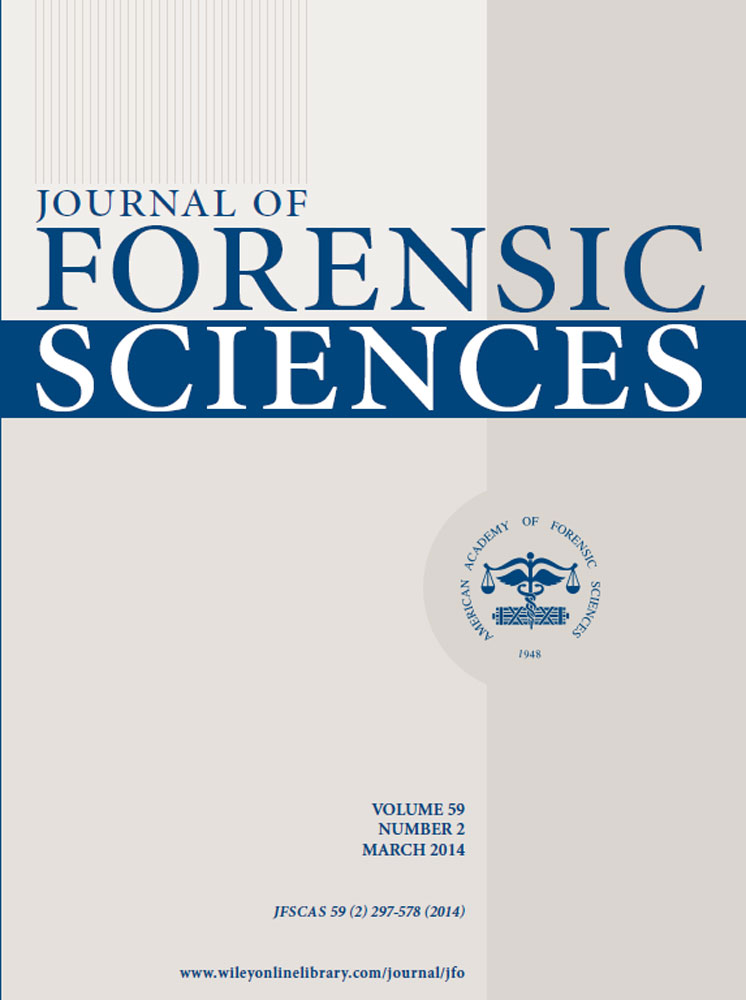Quantification of Perspective-Induced Shape Change of Clavicles at Radiography and 3D Scanning to Assist Human Identification†
Abstract
Change in perspective between antemortem and postmortem imaging sessions (radiograph to radiograph and surface scan to radiograph) may cause different 2D renderings of the same osseous element complicating comparisons for identification. In this study, clavicle shape changes due to radiographic positioning and 3D laser scanning were examined in 20 right-side specimens, as pertinent to chest radiograph comparisons. Results indicate substantial changes in clavicle form with short source-to-image receptor distance, elevation of the element from the image receptor, and movement of the element away from the center beam (10% mean square for shape). Although quantitative shape differences were small when the clavicle was in close opposition to the image receptor (3% mean square), important qualitative differences remained with large distances from the center beam (e.g., conoid tubercle presence/absence). The significance of these results for image superimposition and computer-automated-shape-based searches of radiographic libraries to find matching candidates is discussed.




